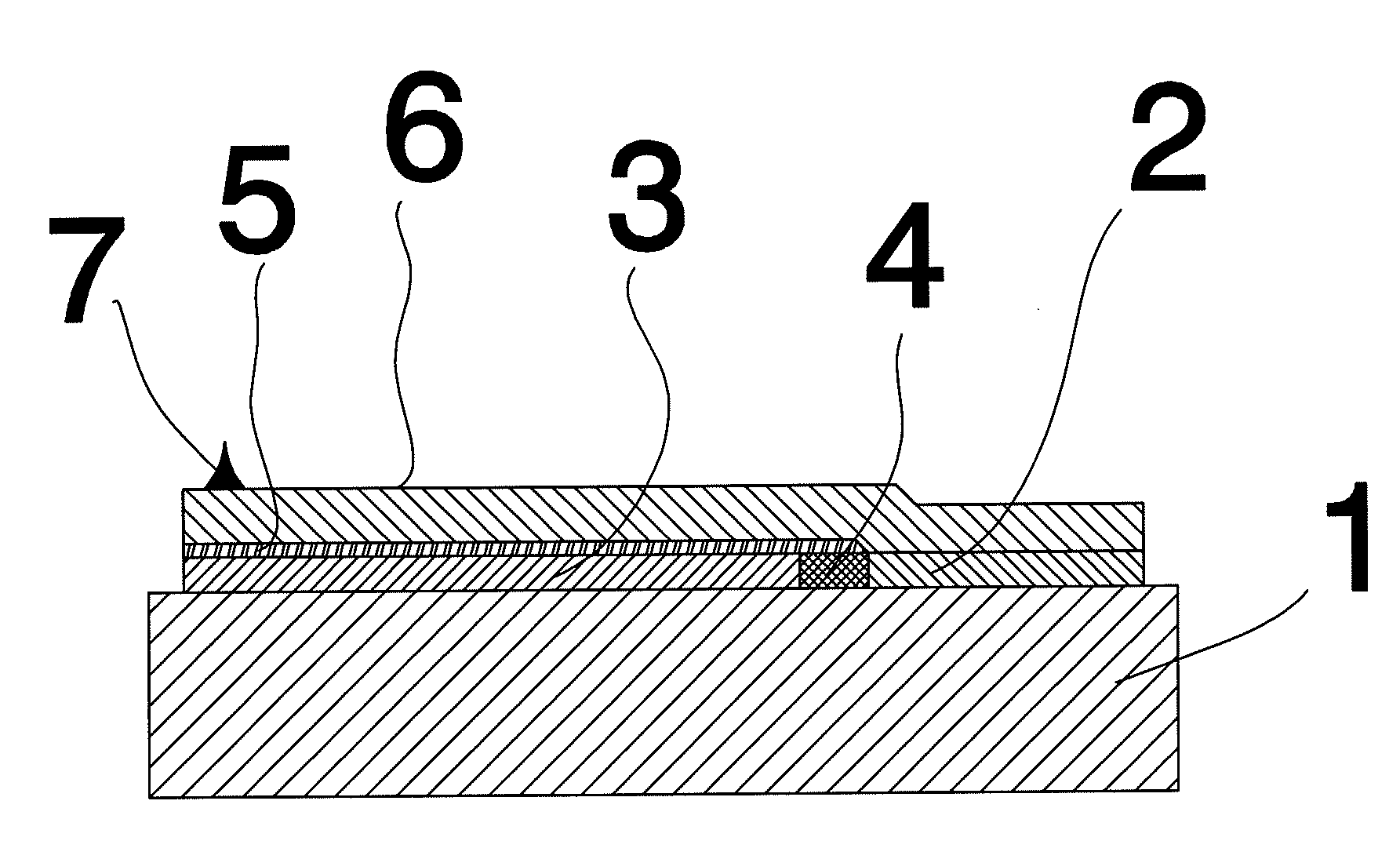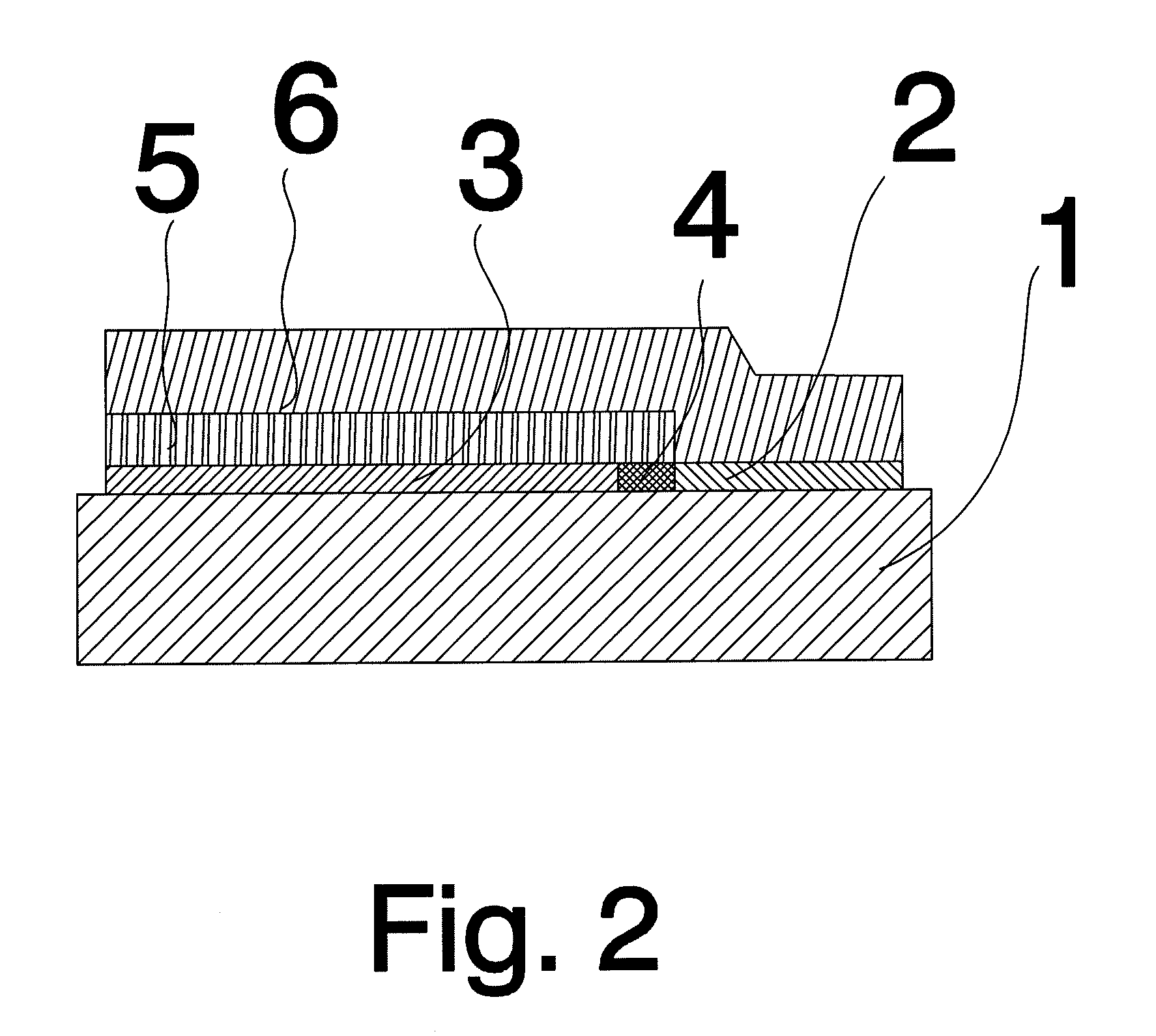Resonant MEMS device that detects photons, particles and small forces
a mems device and photon technology, applied in the field of microelectromechanical systems, can solve the problems of reducing switching reliability, unable to detect extremely small deflection angles, and affecting the reliability of mems switches
- Summary
- Abstract
- Description
- Claims
- Application Information
AI Technical Summary
Benefits of technology
Problems solved by technology
Method used
Image
Examples
Embodiment Construction
[0026]The resonant MEMS device according to the present invention includes a micro-mechanical structure disposed on a substrate via a resonator electrode that is electrically insulated from a sensor electrode. A thin transition medium having a thickness in the range of 0.5 Ångstrom (Å) to 100 Ångstrom (Å), made of suitable material is disposed between the sensor electrode and the micro-mechanical structure within a relatively small gap, herein after called a nano-gap in the range of 0.5 angstrom (Å) to 100 angstrom (Å). The micro-mechanical structure is designed to have a relatively small maximum oscillation amplitude at its natural frequency as defined by the material and geometry of the micro-mechanical structure and / or the transmission medium. The maximum oscillation amplitude is coupled to the transmission medium to enable flow of tunnelling electrons in such a way that any relative change in oscillation amplitude due to an external force corresponds to one or more properties as...
PUM
 Login to View More
Login to View More Abstract
Description
Claims
Application Information
 Login to View More
Login to View More - R&D
- Intellectual Property
- Life Sciences
- Materials
- Tech Scout
- Unparalleled Data Quality
- Higher Quality Content
- 60% Fewer Hallucinations
Browse by: Latest US Patents, China's latest patents, Technical Efficacy Thesaurus, Application Domain, Technology Topic, Popular Technical Reports.
© 2025 PatSnap. All rights reserved.Legal|Privacy policy|Modern Slavery Act Transparency Statement|Sitemap|About US| Contact US: help@patsnap.com



